The evolution of fusion: How it lost its ‘dirty’ reputation and grew up
There was a time when pan-cuisine mash-ups were created not for the flavour or conversation, but for novelty alone. But all that’s changed, writes Clare Finney
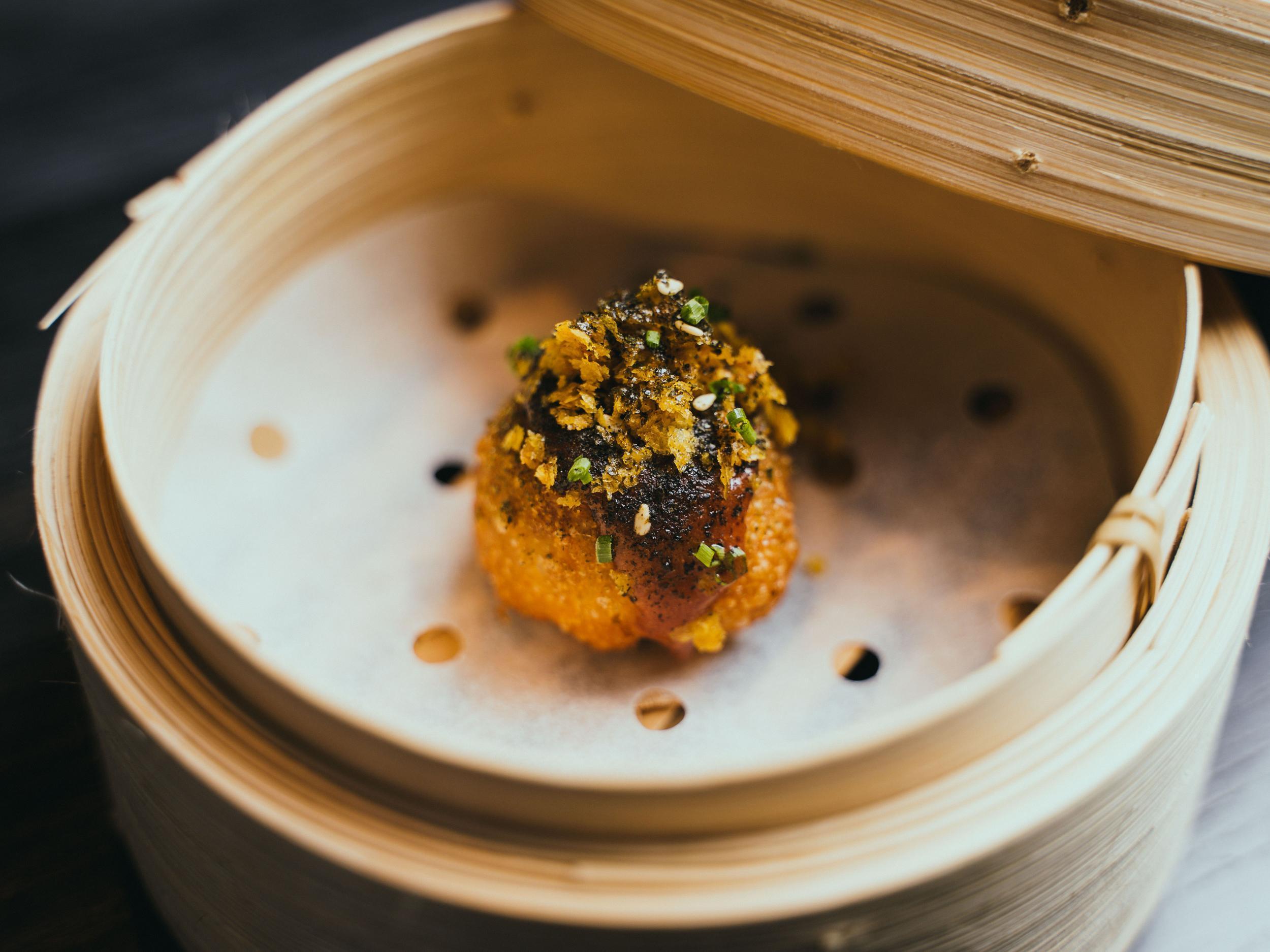
Your support helps us to tell the story
From reproductive rights to climate change to Big Tech, The Independent is on the ground when the story is developing. Whether it's investigating the financials of Elon Musk's pro-Trump PAC or producing our latest documentary, 'The A Word', which shines a light on the American women fighting for reproductive rights, we know how important it is to parse out the facts from the messaging.
At such a critical moment in US history, we need reporters on the ground. Your donation allows us to keep sending journalists to speak to both sides of the story.
The Independent is trusted by Americans across the entire political spectrum. And unlike many other quality news outlets, we choose not to lock Americans out of our reporting and analysis with paywalls. We believe quality journalism should be available to everyone, paid for by those who can afford it.
Your support makes all the difference.“Fusion – it’s become a bit of a dirty word, hasn’t it,” muses Alex Claridge, executive chef and founder of his loud and proudly Birmingham based restaurant, The Wilderness.
Comprising of dishes such as saag doughnut and Goosnargh duck with shiso, his menu is “British, bold, and nicks spice and influence from around the world” – but it is not fusion: a term first coined in 1980s Florida by classically trained chefs looking to incorporate the Caribbean and Asian ingredients surrounding them into their otherwise European cuisine.
“I think fusion originally stemmed from a genuine desire to express a country’s more complicated heritage,” Claridge concedes. “But like a lot of things in restaurants, it became a gimmick. It was assimilated. It became d*ckheads opening Italian-Chinese-Indian places, to capitalise on what they saw as a trendy thing.”
It became Shumi, a Japanese-Italian restaurant in London’s St James’, whose “Italian sushi” was pilloried until the place closed six months after opening. It became Lucky Cat, Gordon Ramsey’s “Asian eating house”, which upon drew fierce criticism last year for lumping the myriad cuisines of billions of Asians onto overpriced plates.
Though in the sensitive hands of the widely acknowledged godfather of fusion, the chef Peter Gordon, this pick-n-mix approach was a discipline – “you can’t just shove things together randomly on a plate. It must make sense”. For more cynical restaurateurs, it was a publicity device. In their gleaming, sky-scraping, visibly expensive restaurants, pan-cuisine mash-ups were created not for the purpose of flavour or conversation, but for novelty alone.
“These days I think the vision of a traditional fusion restaurant looks a bit naff and old-fashioned,” reflects The Independent’s restaurant critic Ed Cumming – “especially Asian fusion, which risks accusations of cultural appropriation or insensitivity”.
Travel, curiosity and the integration of second-generation immigrants have left our palettes better educated – and our noses particularly sensitive to “the whiff of a white chef going on a gap year”. Discerning diners today are wary even of restaurants which are generically Indian, Cumming continues.
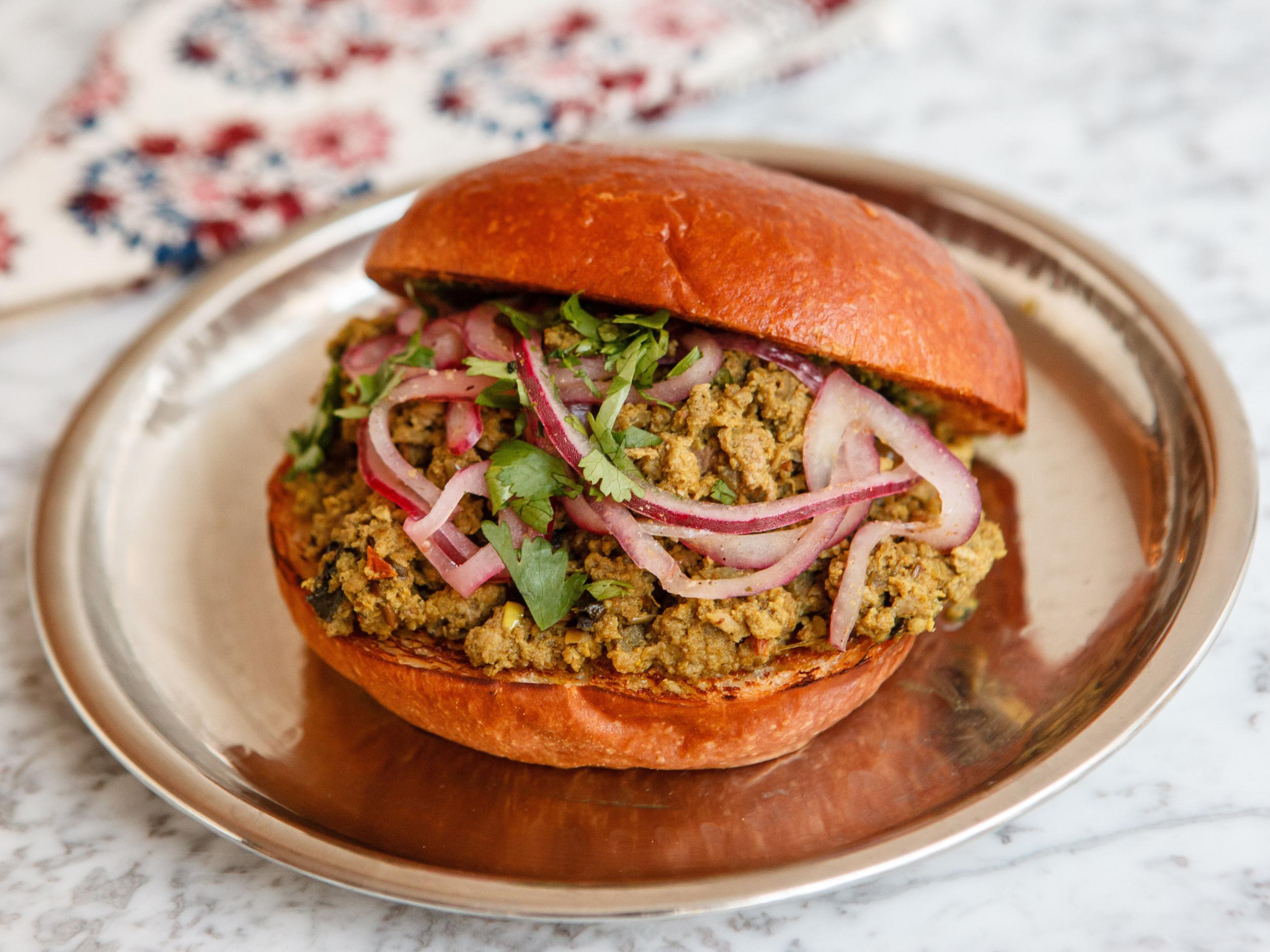
How much more so must we be of “somewhere claiming to serve Chinese, Japanese, Korean and Thai dishes to an equally high standard?” The demand for specificity has never been higher: between London, Birmingham and Manchester, we’ve culinary delegates from almost every region of India and China. Yet at the same time, Cumming observes that amongst many of the restaurants opening these days, the line “seasonal British ingredients done in ‘X style’ has become the default”.
The concept of fusion, then – the melding and transcending of cultural boundaries through food – has not disappeared. But our understanding of it has shifted. When chef and writer Ravinder Bhogal opened her restaurant Jikoni in 2017 to “reflect the shared culinary heritage, flavours and cultures across parts of Asia, the Middle East, East Africa and Britain”, it was in the spirit of telling stories – not creating an eye-catching new cuisine. “Our dishes are not end results; they are the voices of people who have shared their recipes, and the stories behind them,” she explains.
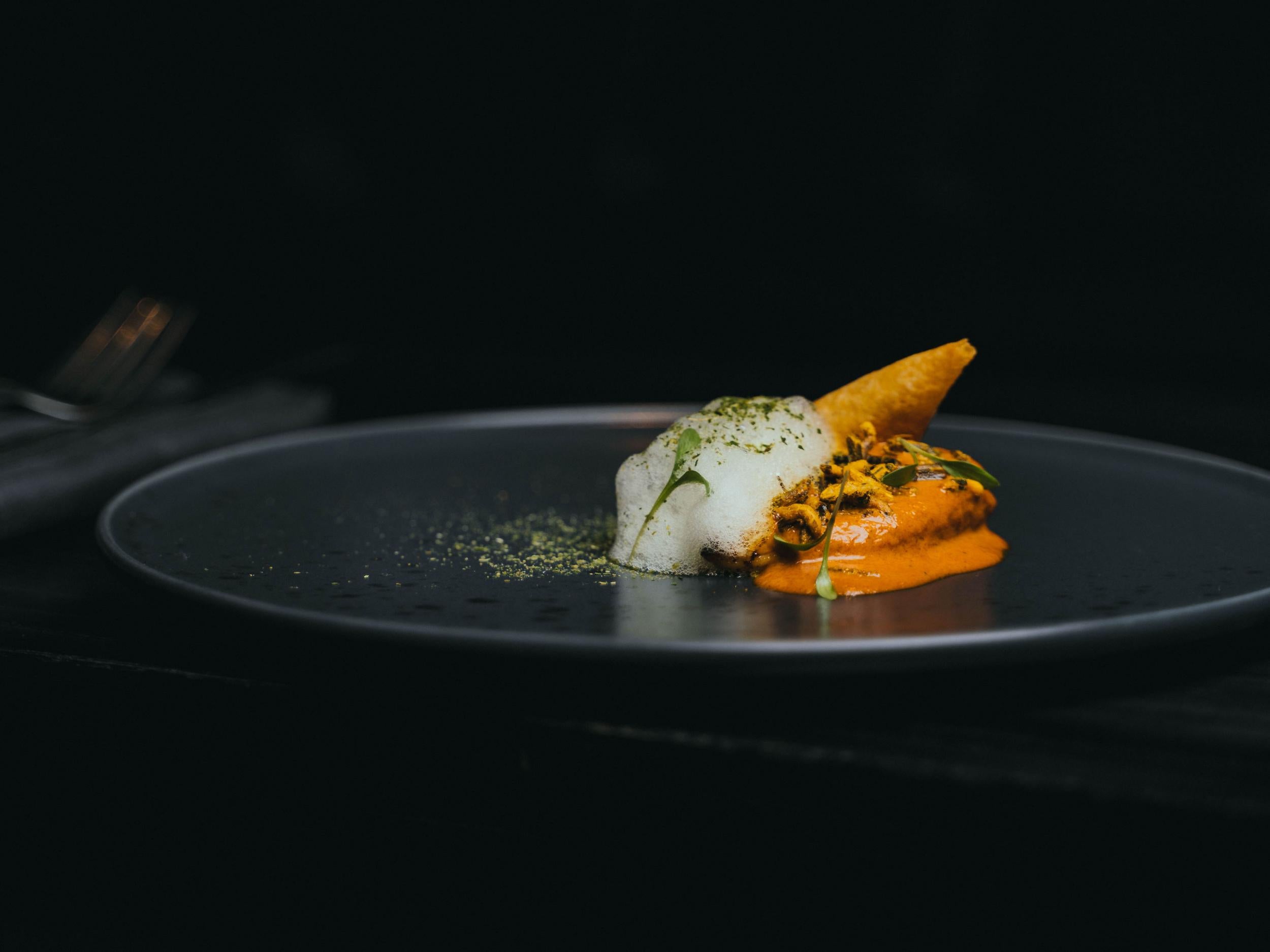
“For me as a cook, it’s about respecting and doing justice to this narrative.” This is not about authenticity: her forthcoming cookbook, named for the restaurant, is subtitled proudly inauthentic recipes from an immigrant kitchen; and its banana cake accompanied by miso butterscotch and ovaltine kulfi, cauliflower popcorn with black vinegar dipping sauce and tempura samphire and nori are just a few of the recipes defying notion that there can ever be such a thing as a definitive dish.
“We look a lot at trading links, here, and patterns of migration, and the adaptation and reconciliation that happens when people move to a new land,” Bhogal continues. Her own colourful heritage shines through, but so does that of London’s myriad other migrant communities. “I think growing up in a city with so many different cultures, with all their mini economies, gave me a real liberty. I love the idea of saying ‘okay, here is the recipe, but what can I tinker to make it more adaptable, more affordable and tastier?’”
Like Claridge in Birmingham, Bhogal’s childhood (once she moved to the UK from Nairobi) was steeped in the smells and tastes of multiculturalism; in the Polish shops, Turkish shops, Asian supermarkets and curry houses which endowed them both with an instinctive feel for different flavours. Fusion, where it has been successfully executed by Peter Gordon and his proteges, is “adding this and this to this and this to create something new and interesting. I’ve so much respect for Peter Gordon,” says Bhogal, “and Anna Hansen [New Zealand born former chef of the Modern Pantry] was like a mentor to me”. But when Bhogal’s team at Jikoni unite ingredients and techniques it is about “living in a hinterland between different worlds, and creating something interesting out of that space in the middle”. “That speaks to our views on immigration, pluralism and diversity,” she contintues.
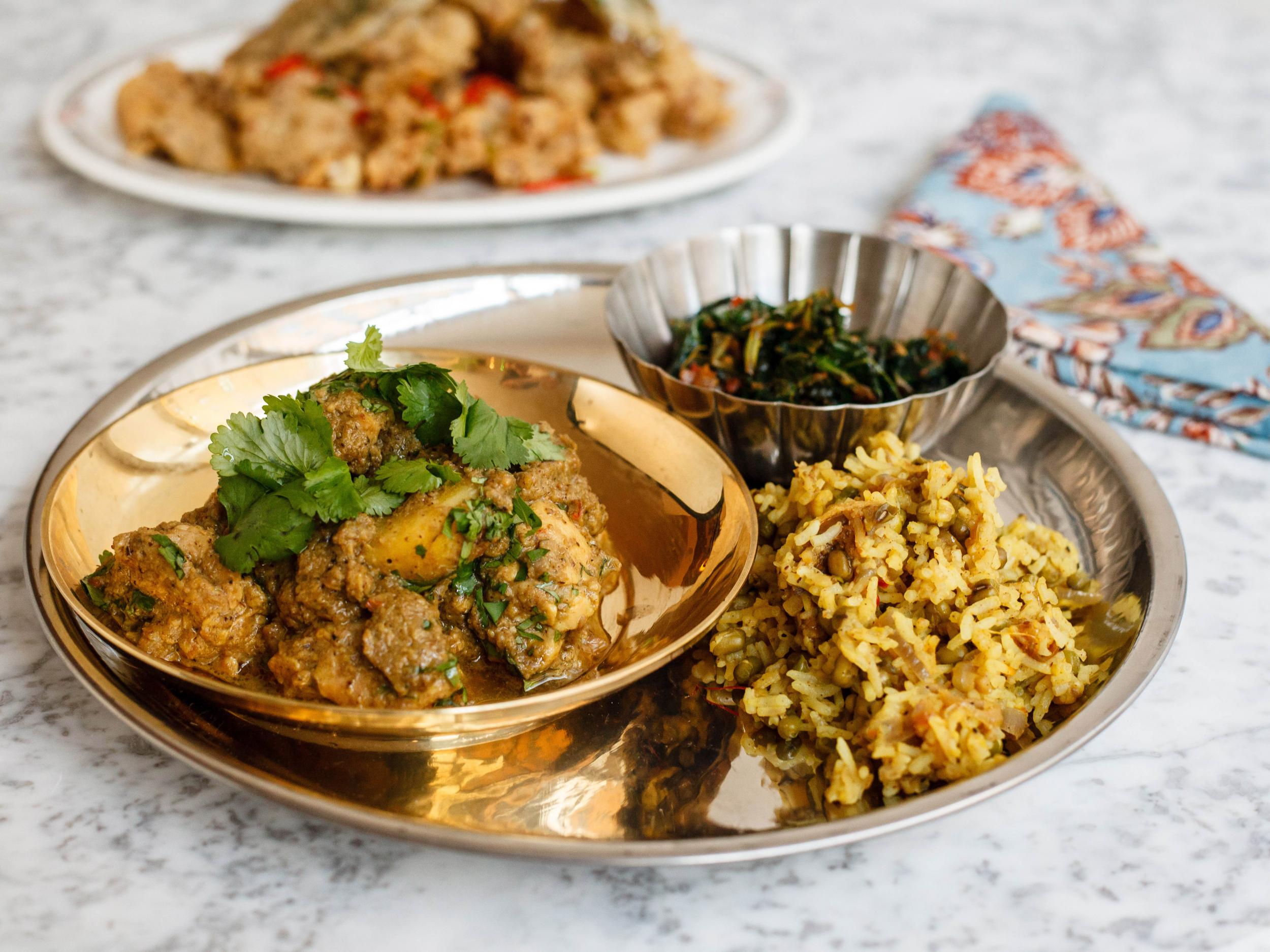
Seen in this light, at this point in time, the political potential of this cross-cultural cooking is searingly apparent. “Cooking like this feels like a political statement,” observes Claridge. “We have a pretty divided country right now, with people trying to define ‘Britishness’.” To cook without spices; without curries and tandoors, would be a failure to acknowledge the enormous influence India, Bangladesh and Pakistan has had on Britain’s, and particularly Birmingham’s, food scene.
Though not of Asian descent himself, Claridge grew up near the “Balti Triangle”, where “cooking like this was the norm. It was all just food to me,” he says simply. “We have menu based on Birmingham, and our experiences here, because food brings people together. It’s not cultural appropriation – it’s a celebration of the city.”
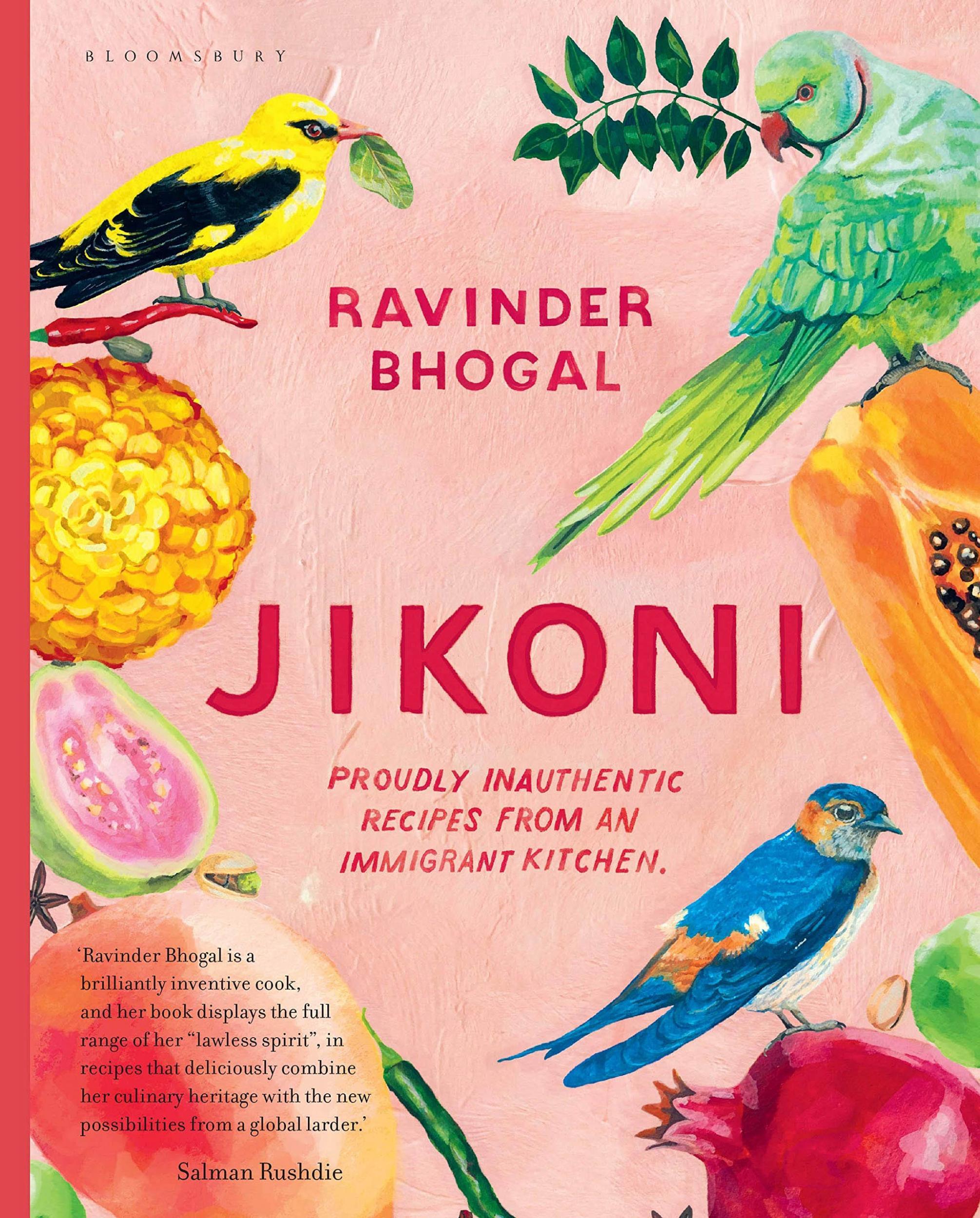
Somewhat ironically, given their diasporic foundations, Jikoni and Wilderness are firmly rooted in a sense of place: London and Birmingham. Yet you don’t need place or politics to bring harmony to culturally disparate ingredients, as evidenced by the recipes of Yorkshire-based British-Iranian food writer Sabrina Ghayour. “The truth is I feel comfortable with a broad range of ingredients not because I’m Persian or British, but because I am self-taught. No one has ever told me what goes with what – so for me the only question is, is it yummy?” she laughs.
Recipes like mushroom, tahini and harissa spaghetti or eastern fish and chips might sound gimmicky, but there’s a convincing line in the form of her personality, considerable talent and her honesty about what inspires her recipes, and how she cooks.
“I’m writing a recipe for a magazine at the moment inspired by the Thai beef salads I had in Bangkok last year. I’ve used lamb, harissa, soy, lime, fennel and pomegranate seeds. I am not claiming it’s a Thai beef salad,” she says. “It’s is a Sabrina dish inspired by those sweet, sour and spicy flavours, using ingredients I love here.”

There is no claim to authority, no delusions of authenticity beyond the dish being a “Sabrina dish”, born of her unique personal experience, instinctive understanding of flavour, and her desire to “make really flavourful, yummy food”.
Ultimately it comes down to motive, says Claridge. “If I was rolling out a chain of “Birmingham restaurants” using Indian culture to make money, then fair play – that’s a d*ck move. But for us it is organic. We take inspiration from our place, the time and our experiences, and make western versions of dishes that we love.” Framed like this, fusion has never been more in favour.
“Is somewhere like the Italian-British Luca a fusion restaurant?” asks Cummings. “Or Ikoyi, where a British-Chinese chef, who trained at Noma and spent years studying African spices, cooks with hyper-seasonal British produce?”
Look closely, and the history of food itself is a history of fusion: noodles traversing from China to Italy via the Arabs, vindaloo originating from the Portuguese in India, tomatoes being “discovered” in the Americas by Europeans.
Where the techniques and traditions of other countries are cherished and celebrated, fusion is a powerful means of countering tribalism, sparking curiosity and conversation across cultures. Only when it turns exploitative and cynical does this word become “dirty”.
Join our commenting forum
Join thought-provoking conversations, follow other Independent readers and see their replies
Comments